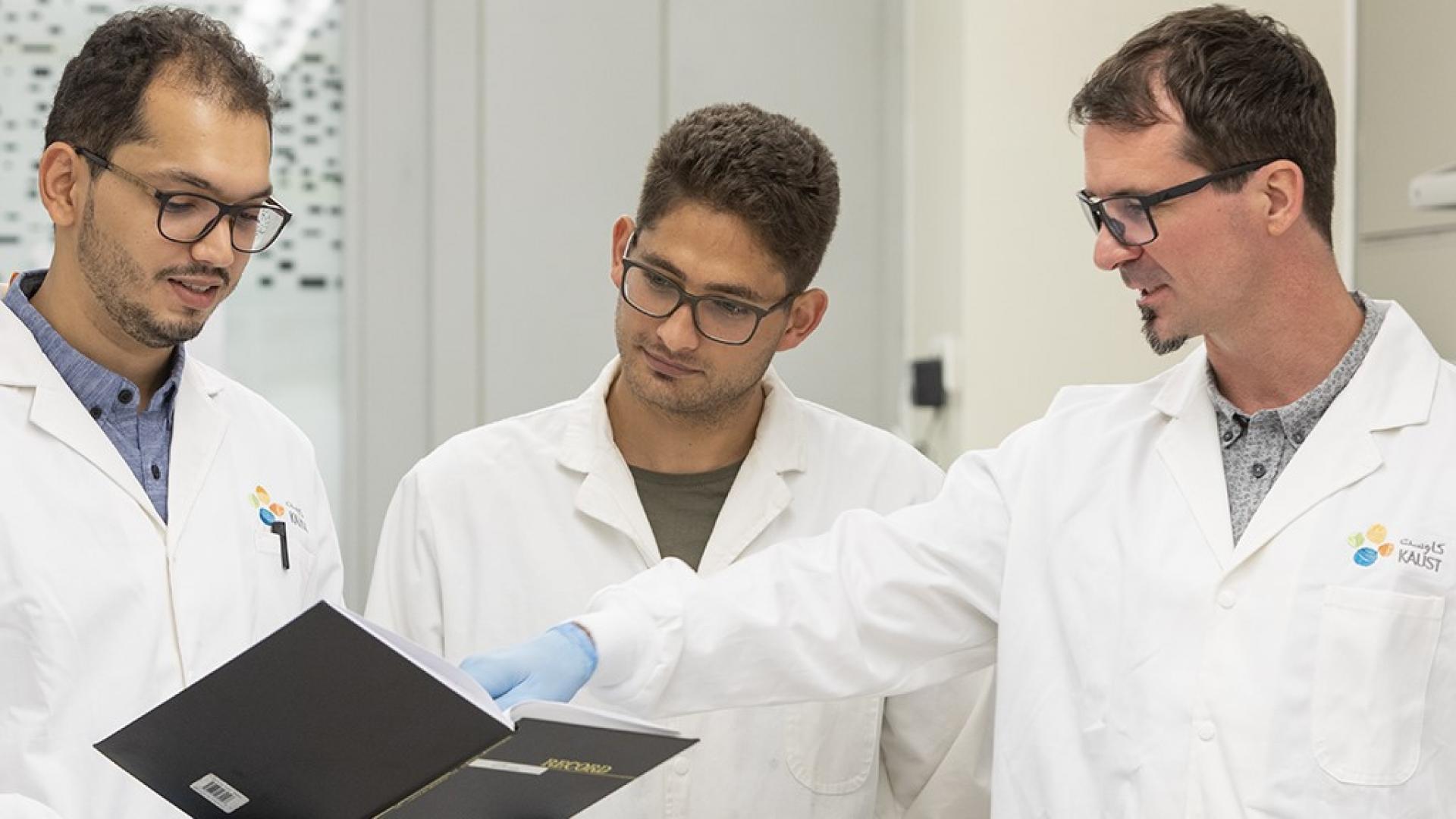© 2019 KAUST
Who has not unleashed their inner Jedi to use “the force” to open automatic doors at the shopping mall? A novel magnetic skin has been developed at KAUST that can remotely control switches and keyboards with the wave of a hand or the blink of an eye.
The artificial skin is wearable, flexible, lightweight and magnetized, making it useful in a variety of applications without the need for a wired connection to other devices.
“Artificial electronic skins typically require a power supply and data storage or a communication network. This involves batteries, wires, electronic chips and antennas and makes the skins inconvenient to wear,” says electrical engineer Jurgen Kosel, who led the project. “Our magnetic skin does not require any of this. To the best of our knowledge, it is the first of its kind.”

The skin is made using an ultraflexible, biocompatible polymer matrix filled with magnetized microparticles. “It can be customized into any shape and color, making it imperceptible or even stylish,” says KAUST Ph.D. student, Abdullah Almansouri. The fabrication process is inexpensive and simple. “Anyone can start their own artificial skin project after a few minutes of training if they have the tools and materials,” he says.
The team tested their magnetic skin for tracking eye movements by attaching it to an eyelid with a multi-axis magnetic sensor located nearby. Eye movement changed the magnetic field detected by the sensor whether the eyelid was opened or closed. The sensor can be incorporated into eyeglass frames or a sleeping mask or applied as an electronic tattoo on the forehead. It has potential for application as a human-computer interface for people with paralysis or for gaming; for analyzing sleep patterns; or for monitoring eye conditions, such as drooping eyelids or driver alertness.
The team also attached the skin to a latex glove fingertip and placed a sensor inside a light switch. When the magnetic skin comes close to the sensor—a distance that can be modified—the light switches on or off. This application could be especially relevant in laboratories and medical practices, where contamination is a concern.
Read the full article
